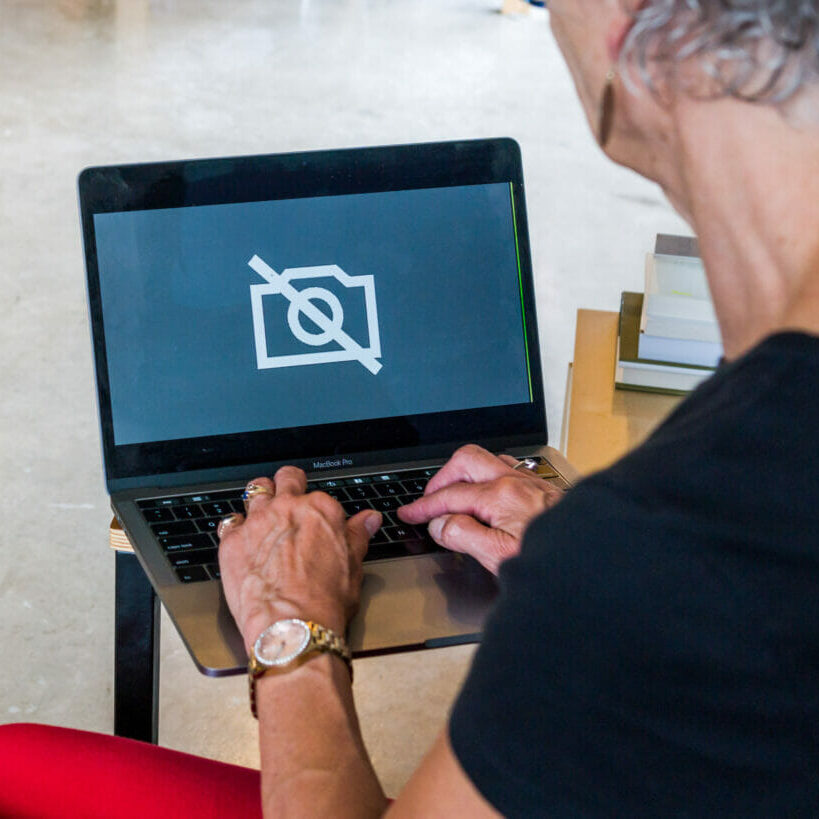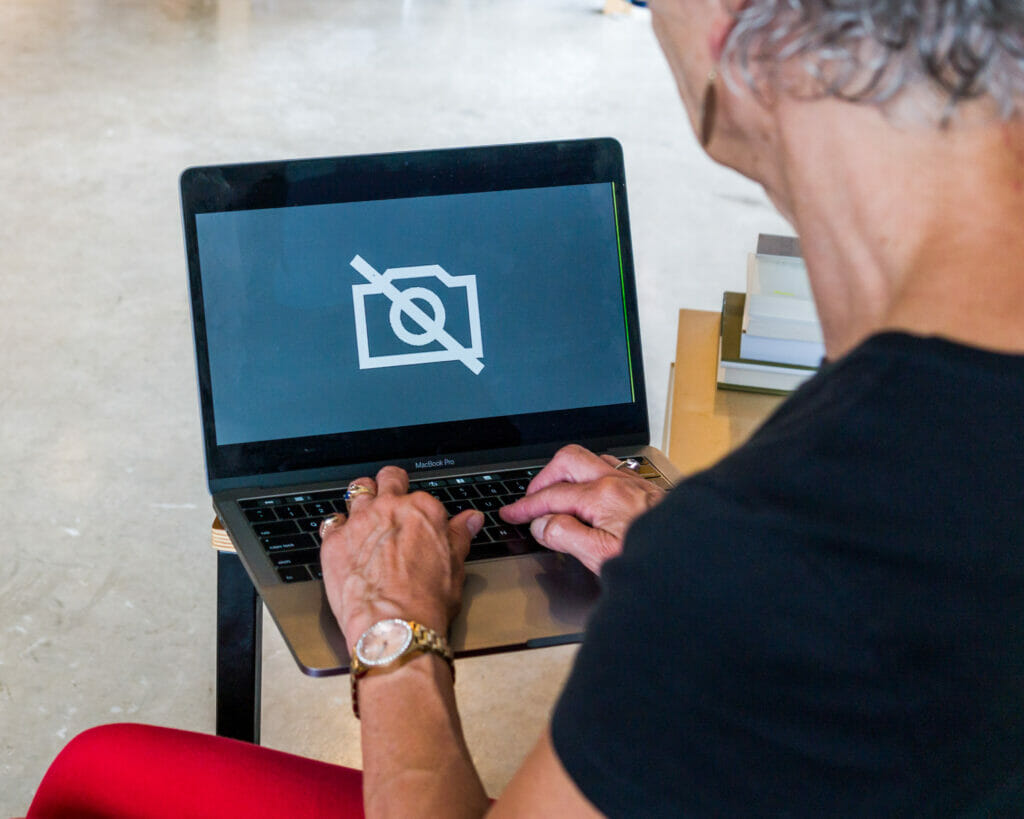
Professors adapt to a new reality
Students now know what it’s like to learn online, but what’s it like to teach?
Prior to the fall 2020 term, only about three per cent of Dalhousie University courses were completely online according to Brad Wuetherick, executive director of the Dalhousie Centre for Learning and Teaching (CLT).
Now, due to COVID-19 concerns, almost all classes are being taught virtually. Professors and administrators at Dal spent their summer finding ways to make the other 97 per cent of classes work online.
How prepared was Dal to go online?
The speed and scale of the current transition is far from normal, Wuetherick said. He worries about faculty burnout.
“I’m apprehensive about the amount of work that’s gone into this and the amount of work that continues into the fall,” he said. “We have faculty [who] have been working all summer long, non-stop, to move their courses online and are now going to be trying to teach those courses at the same time as they’re also trying to design and move winter courses online. . . I will be blunt and say I am concerned about faculty and student wellness.”

(Photo by Geoffrey Howard)
The CLT team grew from 12 to 21 in the past six months to support the enormous transition now underway, according to Wuetherick.
He said expanding the CLT “has been a very large investment, certainly given the budget uncertainty of the institution.” But whether the investment is sufficient is “always going to be an interesting debate,” said Wuetherick.
The CLT’s work includes sharing information on best practices for online teaching, offering technical assistance and helping faculty navigate questions surrounding equity, accessibility and academic integrity. They do all this via one-on-one and small group consultations, webinars and courses.
In addition to the CLT, Academic Technology Services and a cohort of graduate student course builders have also played a large role in the shift to online learning.
Wuetherick said people take the ease of face-to-face instruction for granted and similarly underestimate the layers of costs and resources involved in digitizing education. He says Dalhousie has spent more than 200 years building, outfitting and maintaining on-campus infrastructure. Online learning has its own host of infrastructure, beginning with student engagement platforms, audio and video production, and instructional design expertise.
COVID-19 provided a reason for Dalhousie to introduce technologies that have existed for a while, Wuetherick said. Virtual labs and field studies will likely outlast the need for social distancing now that people are getting comfortable with them.
Taking a class online
Matthew Thomas Walker, an assistant professor in the acting program at the Fountain School of Performing Arts at Dal, spent the summer imagining the possibilities and constraints of virtual learning as he adapted his courses.
“The way we start any [theatre] project is by taking stock of what our constraints are. Usually, that’s a budget, who is our creative team, what do we have access to. We use that to force our creativity in a certain direction,” said Walker. “We can still apply those same principles to a digital space.”
He hopes to simulate aspects of the studio experience through synchronous attendance, breaking classes up into digital rooms and exploring devised theatre (a theatre method in which everyone is involved in the creation instead of following the direction of a single playwright).
Walker said it’s fascinating to consider each student will be connecting from a unique home base. He sent out questionnaires to his students so he can may remain conscious of the different situations they will be navigating on their end of the screen.
Walker knows there is no substitute for a studio. But as theatres worldwide innovate with digital iterations of their art, he is approaching this term as “an opportunity to test our idea of what theatre is and what it might look like in the years to come,” instead of a “lesser education.”
What support did Dal provide professors?
Laurene Rehman, director of Dal’s School of Health and Human Performance, said the task of overhauling certain courses for online learning exceeds an instructor’s typical workload, especially for part-time or sessional instructors.
According to Rehman, at the request of professors, Dal hired additional teaching assistants to monitor and respond to discussion boards in larger classes. Provided by the CLT and individually hired by different programs, videographers also helped facilitate the digitization of activity-based labs.
Rehman said the goal is not to replicate traditional lessons held in labs or lecture halls but to ensure the same content and outcomes are delivered using the previous years’ syllabus (or the “course contract,” as she calls it) as a guide.
Rehman said she saw faculty meet the panic that initially accompanied the prospect of online teaching with massive collective professional development. For example, in her own courses, she divided major assignments into phases to maximize opportunities for providing feedback and facilitating time management.
“People are taking that little extra time and attention to really be conscious that this isn’t what people signed up for,” said Rehman. The question is: “How can we make it the best possible situation until. . . we can have live classes in person again?”






